Dunedin
… is a city in New Zealand, at the head of Otago Harbour on the South Island’s southeast coast. It’s known for its Scottish and Maori heritage, Victorian and Edwardian architecture, and a large student population.
First Day at sea. Pretty rough day, waves about 8 meters high. Seeing a lot of sea birds. Lots of Albatrosses are following the ship.
So beautiful to watch. The day was filled with information talks, lectures and fitting of Polar Parka and gumboots.
Campbell Island - SUBANTARCTIC ISLAND
The Campbell Island group is the most southerly of New Zealand’s subantarctic islands, lying 700 km south of New Zealand’s South Island.
It was formed by a volcanic eruption 11 mio years ago. The different eruptions/colours can be seen on the cliffs. Remote, rugged and windswept, Campbell Island is one of the cornerstones of New Zealand’s subantarctic World Heritage Site. It is best known as the home of the albatross, with six species in residence, including the largest albatross: the southern royal. Campbell Island also has a long history of sealing, whaling and farming.
Second Day arriving at Campbell Island mid morning. Zodiac Exploring the coast line and 6 km walk up the hill was planned for today. By Law the ship had to stay 1 nautical mile off the island and the sea was too choppy to enter the island by Zodiac. A calmer place was found. 10 Zodiacs were dropped into the water. One Scientist (we have 20 scientists on board!) in each Zodiac plus 10 passengers. We were all overdressed as it was only +9 degrees C, we stayed dry which was a bonus. Unfortunately we missed out on the walk to have a close look at flora and fauna.
42,000 Albatrosses ( six different species) call the island their home. The first 7 years an albatross lives at sea. They fly best in 30-40 knots of wind, just sail and lock their wings, no effort needed to flap their wings.
Sea Kelp grows 1 meter a day Bull Kelp is a good source of trace minerals that well-up from the bottom of the sea. It is harvested for use in medicine (it is particularly popular in natural medicines), as a fertilizer and as feed in aquaculture.
Third Day on our way to the White Continent. The weather is overcast, windy and the sea choppy again, but only 3-4 meters swell.
Fourth Day at sea. Sailed about 1,000 nautical miles from Dunedin. We passed our first huge iceberg. We might pass more icebergs overnight and therefore the stabilisers have been retracted and the ship is rolling a bit more. The seas are now quite calm and no more 5-8m swells.
27th January at about 6.30am we will cross the Antarctic Circle. When we reach 66°33.49’S latitude, we will arrive in a new world that only a few will experience.
More updates scroll down to Ross Sea!
Ross Sea
… is a deep bay of the Southern Ocean in Antarctica. This is the southernmost sea on Earth and it derives its name from the British explorer James Clark Ross who visited this area in 1841. To the west of the sea lies Ross Island and Victoria Lan, to the east Roosevelt Island and Edward VII Peninsula Marie Byrd Land, while the southernmost part is covered by the Ross Ice Shelf, and is about 320 km from the South Pole. The boundaries having an area of 637,000 square kilometers.
The Ross Ice Shelf is the largest ice shelf of Antarctica. It is several hundred meters thick. The nearly vertical ice front to the open sea is more than 600 kilometers long, and between 30 and 300 meters high above the water surface. Ninety percent of the floating ice, however, is below the water surface. The boundaries have an area of 637,000 square kilometres. ..
28th January Yesterday and for as long as our stay, we will experience 24h bright daylight. Unreal… Going to bed at 11pm feels like an afternoon snooze.
Waking up this morning, we finally had arrived at Ross Sea. In front of us the snow covered the Antarctic Continent. Wow. All passengers on deck, rugged up. Temperature -2 C with wind chill, it felt more like -10 C, blue sky and calm waters. Just perfect. Too much sea ice to get to Cape Adare. Instead it was Possession Islands. After lunch on deck, the scenery really blew me away. I have never ever seen such beautiful scenery. Unfortunately photos can not express the impressions. Zodiac excursion in the afternoon. This brought us even closer to nature.
29th January Coulman Island is covered by an Ice Cap and composed of several shield volcanoes. Its highest point reaches 1,998 meters. Discovered in 1841 by James Clark Ross. Its named after his stepfather, Thomas Coulman.
The 25,000 Emperor Penguin Colony is currently the largest know.
A fantastic zodiac cruise with a highlight of watching 3 penguins on an ice float. Along the Borchgrevink coast, it was windstill and we experienced a walk on the ice and handed a glass of Champagne on arrival.
30th January
calm waters, no sea ice, we are steaming towards Ross Island. Day program lots of lectures by the Expedition Team.
31st January
We arrived at Cape Evans on Ross Island and had the chance to put a foot on land and explore the area around Scott Hut.It was erected 4 to 17 January 1911. It was a fantastic experience to soak up the atmosphere in the hut. In the afternoon cloud cover disappeared from Mount Erebus, an active volcano. In the evening we sailed to our furthest point 77º55’ S of our Antarctic trip. In front of us is the vast Ross Ice Shelf. The ship turned in front of McMurdo Station (USA Antarctic Base). Later the ship was stopped for Minke whale watching. The whales were just a few meters from the ship. The good thing here in Antarctica is that you can never run out of daylight for any activities/excursions.
1st February
Overnight we sailed to the north of Ross Island and arrived at Cape Byrd, a Penguin Rookery. Unfortunately only 2 groups could go ashore before the sea ice came in and we had to leave.
Home of approx. 100,000 Adelie Penguins. They are just everywhere. A pod of 10 to 20 Orcas in front of the ship, fantastic to watch.
Finally in the afternoon we had a pod of 50-60 Minke whales surrounding the ship. Some were very close and jumped. The ship was stopped. It was an absolutely breathtaking event. Nature pur.
It is impressive we had a very special highlight each day of our cruise.
3rd February
We sailed to Possession Island to visit a penguin colony on land, but it was not manageable land, so it was a Zodiac cruise. The wind increased and we went back to the ship and sailed to Cape Adare. In the afternoon we finally stepped on the Antarctic Continent and visited a huge Adelie Penguin colony. It was such a great experience to be among these little creatures. More than 1.5 million penguins live here! Pretty noisy and also smelly.
Robertson Bay overnight, a beautiful place to stay for the night, surrounded by huge glaciers and a bit of sea ice. When we passed this area on the 28th January the bay, which is 50km long (from Cape Adare to the end of the bay) it was packed with sea ice and inaccessible. So we were very lucky not to miss out on this spectacular part of the Antarctic Continent.
4th February
7am wake-up call from the captain. “Please open your curtains and you will see…. WOW.” It really was wow, we looked at huge glaciers – untouched nature – blue sky, an unforgettable scenery.
Zodiac cruise in Robertson Bay with blue sky and calm sea. I had my 1st swim in the ocean water (heated) pool. A tasty lunch with the best view one can imagine.
In the afternoon we left the sheltered Ross Sea for Balleny Islands.
During the night one could feel we had entered the Southern Ocean, as it was extremely rocky.
Balleny islands - subantarctic island
…. are an extremely remote series of islands extending for about 160 kilometers in a northwest-southeast direction straddling the Antarctic Circle some 270 kilometers north of the Antarctic mainland. The volcanic islands are heavily glaciated and have received few human visitors since their discovery in 1839. Their isolated location within the rich waters of the Southern Ocean has resulted in a species diversity rivalling the entire Ross Sea region. Humpback, fin and minke whales are regular visitors to the rich feeding grounds along with Crabeater, Weddell, elephant and leopard seals. Several of the islands are home to significant colonies of Adélie and Chinstrap penguins. If time and weather permits we will be visiting one of the islands.
5th February
We are still sailing within the Antarctic Circle and passing the odd iceberg.
No one here! About 100,000 visitors a year leave from Ushuaia/South America for Antarctic Peninsula and only 1,000 people a year are visiting the Ross Ice Shelf. By the way, not even 40% of these exhibition cruises can make it to the Ross Ice Shelf, Cape Adare, Possession Island, Coulman Island and Ross Island. So we count ourselves super lucky.
Two naturalists from the expedition team joined us for dinner. So we got our odd questions answered. This is a huge advantage traveling on a small ship.
6th February
Due to bad weather unfortunately we couldn’t get a zodiac expedition done at Balleny Islands. When passing the islands we hardly could see them. Our fabulous captain is trying everything to stick to our schedule, but this was the first cancellation on our trip.
Surely we still had a highlight of the day. In the afternoon eight giant humpback whales paid us a visit. The captain slowed down the ship and the whales came closer and closer up to 5m. They are such friendly and nosy creatures. Out here they don’t get many spectators, they liked our company and stayed for about 1 hour. An unforgettable experience.
We are still cruising in the Antarctic Circle.
Our internet is very slow. I have more videos, but they take a lot of time to upload. We have lots of photographers on the ship and they all try to do the same thing.
Introduction to the Subantarctic islands
Macquarie Island
was inscribed on the UNESCO World Heritage List in 1997 as a site of major geoconservation significance, being the only island in the world composed entirely of oceanic crust and rock from the mantle. It is an island of unique natural diversity and one of the truly remarkable places on earth.
Long celebrated also one of the wonder spots of the world, the Macquarie Island is an island of great beauty and outstanding natural diversity, a breeding place for more than 3.5 million seabirds, most of which are penguins. There are four species breeding here: Royal, King, Gentoos and Rock Hoppers. There are also three types of fur seals and one seventh of the world’s population off elephant seals breeding on the island.
7th February
Sea/see days with lots of lectures by our naturalists. They are preparing us for our next expedition on Macquarie Island. There are also dance classes, baking demo, options bridge and engine-room visits.
We have crossed the Antarctic Circle and are back in the Southern Ocean. Howling fifties with up to 6 meter swells.
There are mainly Australians and Kiwis on the Ship, who mingle with a few French, American and Canadian and one couple from Luxembourg.
8th February
After a sea day with huge waves we finally arrived at “Macca” ( Macquarie Island). Greeted by lots of very curious King penguins which literally circled the ship from arrival until dark.
9th February
Finally we could step on to Macquarie Island, a UNESCO world Heritage place. We were greeted by hundreds of King Penguins, which came very close (50cm) and marched along the beach with us to the rookery. The rule is to keep 5 meters between us and the penguin, but there was no chance as they just walked up to us. The King and Royal rookeries have 50,000 breeding pairs. I take home an indescribable and unforgettable experience.
The very playful Sea Elephants are enormous whose average weight is 1-2 tons, the “Beach Master” has a weight up to 4 tons, but he was not at home yesterday.
10th February
Last day to see penguins, seals and mega herbs on Macca. We stayed overnight in a sheltered bay. Early start, at 7.30am the first zodiac left of the beach. We surfed huge waves to the beach. Pretty stinky here, but we got rewarded getting extremely close to elephant seals and giant petrels. Gentoos ( and Rockhopper penguins awaited us, both about 40cm tall. These species were different to the curious King (60cm tall) and Adelie (40cm tall) penguins. We kept 10m distance and that was it, no penguin came close to us.
And again we were very lucky. Macca has 316 rainy days and the other days are mostly overcast. But for us the sun was shining until after lunch when we set sail for Hobart/Tasmania. 800 plus nautical miles to go.
11th February
calm seas and sunshine and it is much warmer now. Lunch outside on deck 6, grilled scampis and scallop skewers with mixed salad. Tonight is our 3rd Gala Dinner with Officers and Naturalists, let’s see what is cooking.
12th February
The Southern Ocean was like ice for a few hours before the waves built up again. Just another sea day. Lectures about Macquarie Island by Keith Springer the man who mastered the plan to eradicate rabbits, mice and rats. After dropping 600 tons of poison pellets by helicopter (island size 34 km by 5 km) they had to make sure all pests were killed. A personal hunt for the remaining 16 rabbits, because if they missed just one (pregnant) rababit the whole project would have been a failure.
They managed the fauna and flora as wildlife recovered and it is all so beautiful to watch.
Unfortunately last night on board and we had to say goodbye to new friends and our ship stewards.
13th February
We docked in Hobart.
A beautiful city and it was the day of the Wooden Boat Festival. From 2 mast ships to paddle boats. The afternoon was spent at MONA (Museum of Old and New Art). It is the largest privately funded museum in the Southern Hemisphere. MONA houses ancient, modern and contemporary art from the David Walsh collection. The museum has been described by Walsh as a “subversive adult Disneyland”. Click here for Museum
14th February
exploring Hobart, taking in the harbor views and joining a guided city walking tour.
15th February
4.5km walk (uphill) to the Female Factory Museum. The Cascades Female Factory was purpose-built in 1828 and operated as a convict facility until 1856. It was intended to remove women convicts from the negative influences and temptations of Hobart, and also to protect society from what was seen as their immorality and corrupting influence.
In the afternoon I joined a tour in a Storytelling Hotel. The 114 hotel room doors tell a story about a Tasmanian unique person.
16th February
On my way home.
The trip to Antarctica was surely beyond any imagination – it is a dream. I am still not sure what was better the journey or the destination.
Antarctica is the earth’s largest, greatest and most fragile wilderness.

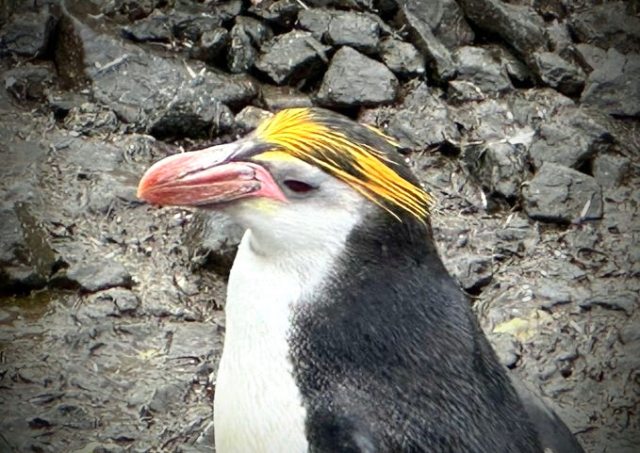
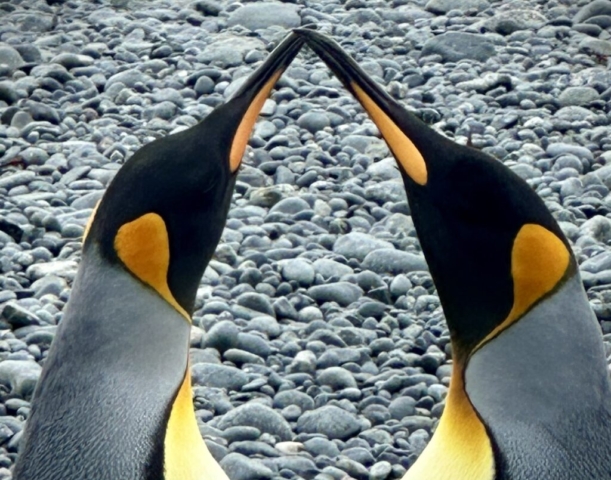
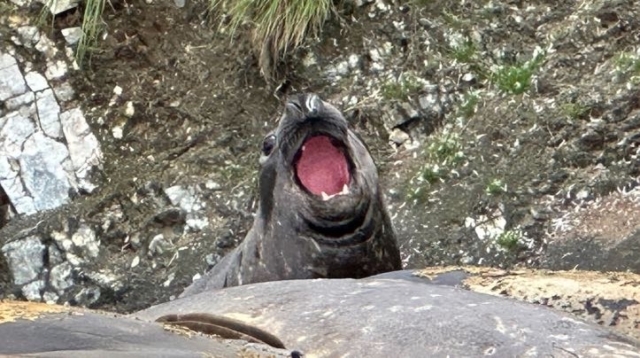
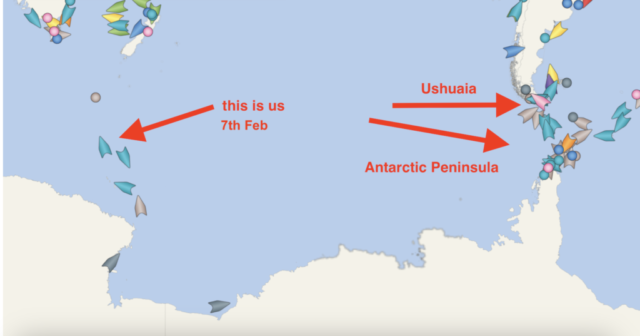
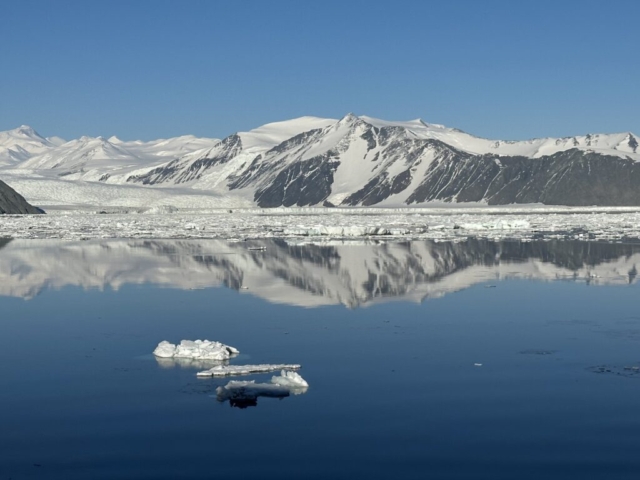

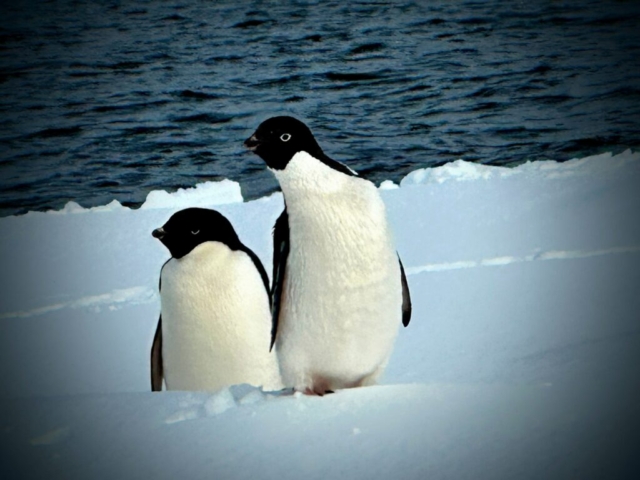
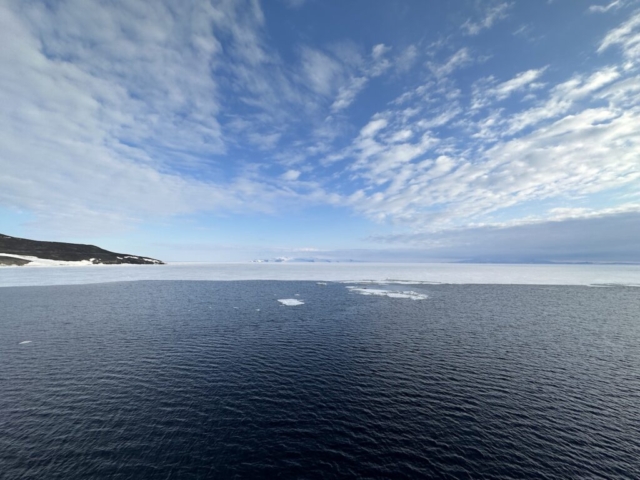


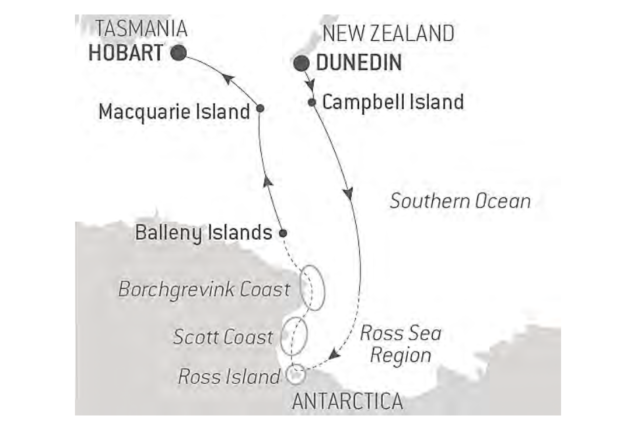
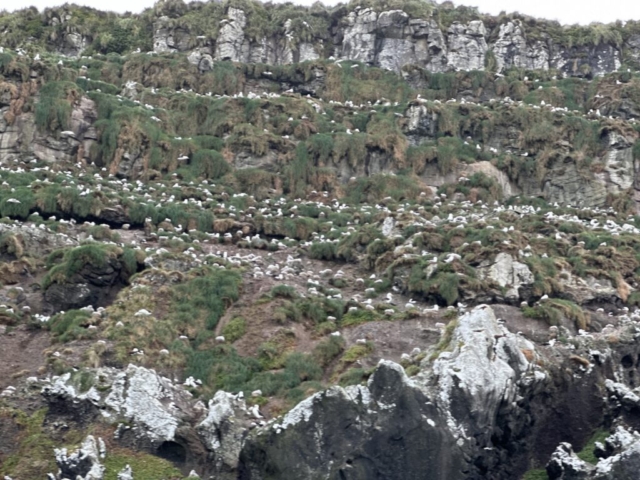
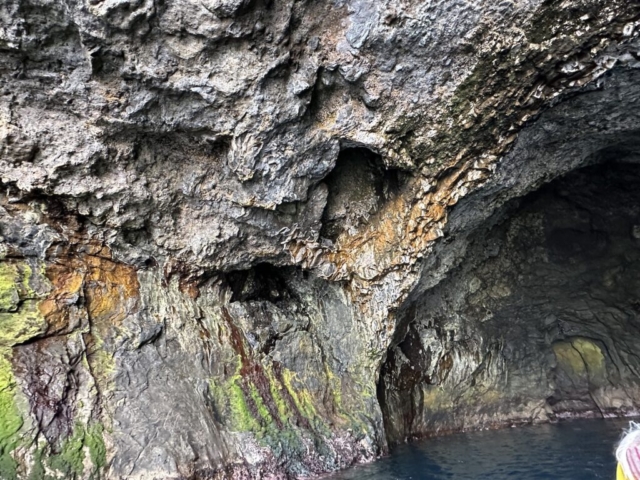
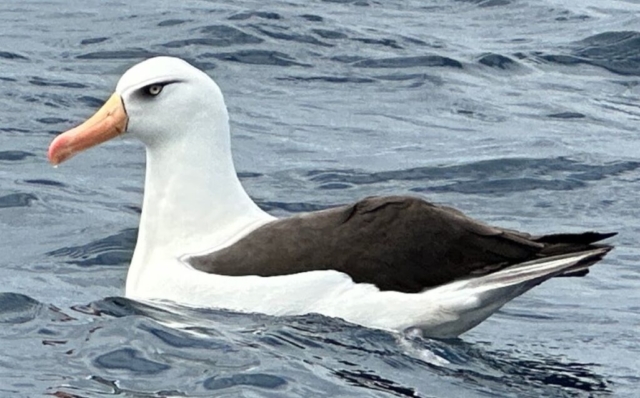
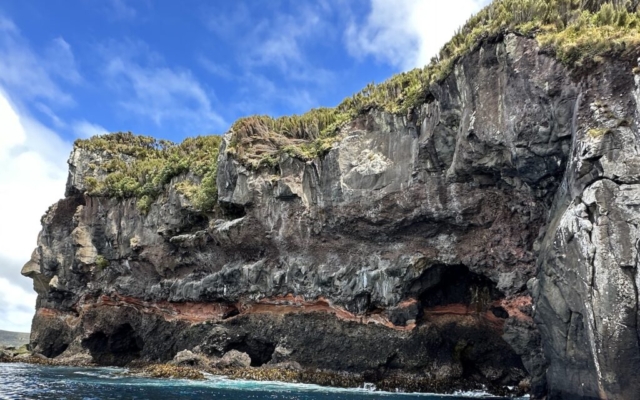
I had trouble getting into the site but Murray could. Just as well I wasn’t on the boat with 8mtr swells. Safe travels Lorraine
You are on the longest stretch of sea and must be full of knowledge from the experts on board.
Photos are fantastic and looking forward to some more.
All’s well here.
Eine Woche bist du nun schon unterwegs, genieße jeden Tag. Toll sowas schönes zu sehen. LG ??♀️ ?♂️
Thank you for sharing, Hellen, muss so toll sein. Habe vor kurzem The Worst Journey in the World gelesen. Sowas! Und alles nur fuer bloede Pinguin Eier, die keinen interessieren. Es ist sicher hochinteressant, auf den Spuren dieser explorer zu reisen und viel ueber sie zu hören.
Stay warm. xxUlli
Last night David Attenborough’s “Frozen” was on TV showing the bird life and sea life of Antarctica onboard a Research boat- not too big-even the scientists were taking awhile to overcome sea sickness so I felt as though with your blog and the programme I have gained a heap of knowledge of the Frozen Continent. Thanks Hellen
Hey Hellen
So tolle Bilder , danke dass du uns an deiner Expedition teilhaben lässt , durch solch beeindruckende Bilder und Videos❤️.
Alles gute weiter , see you ?
What an amazing trip, Hellen. Great photos! Look forward to seeing more when you return!